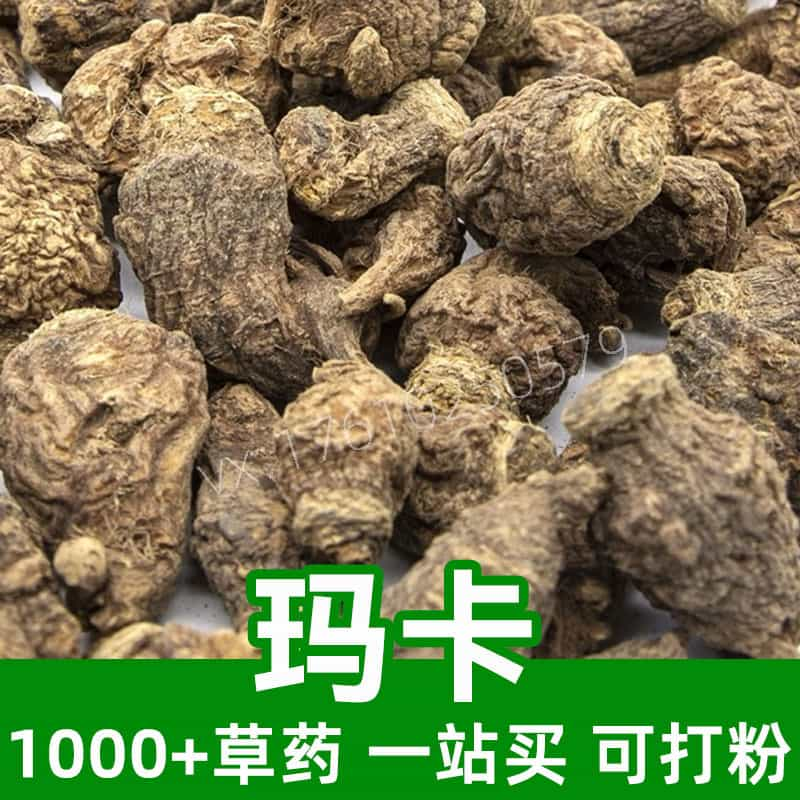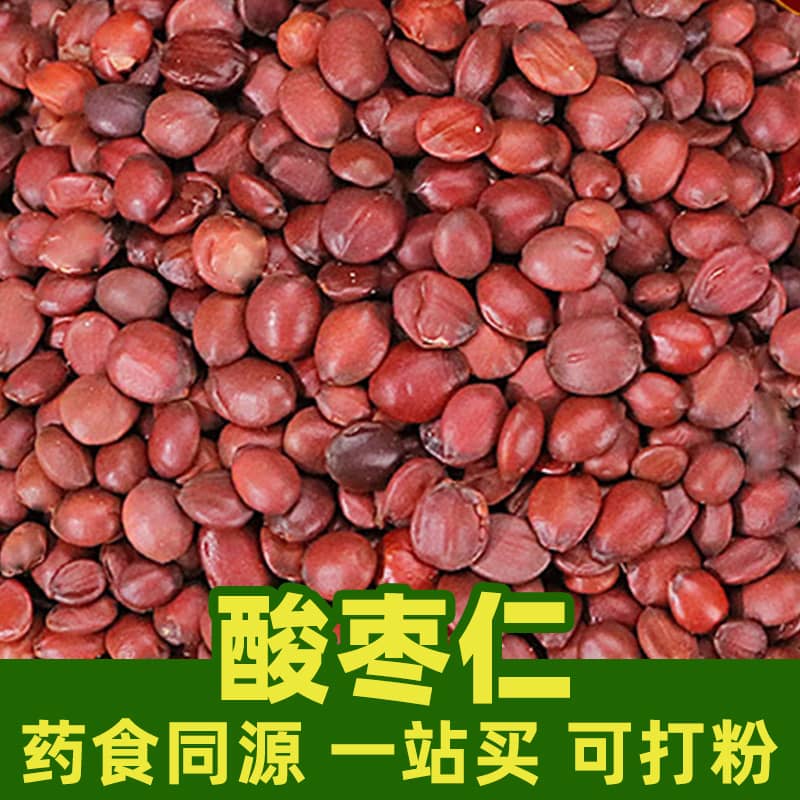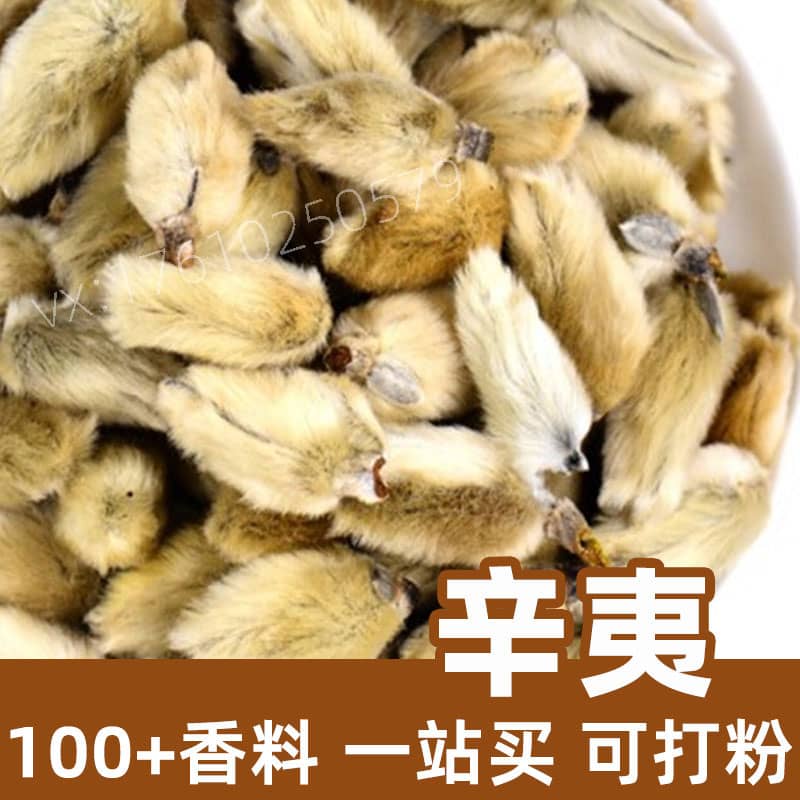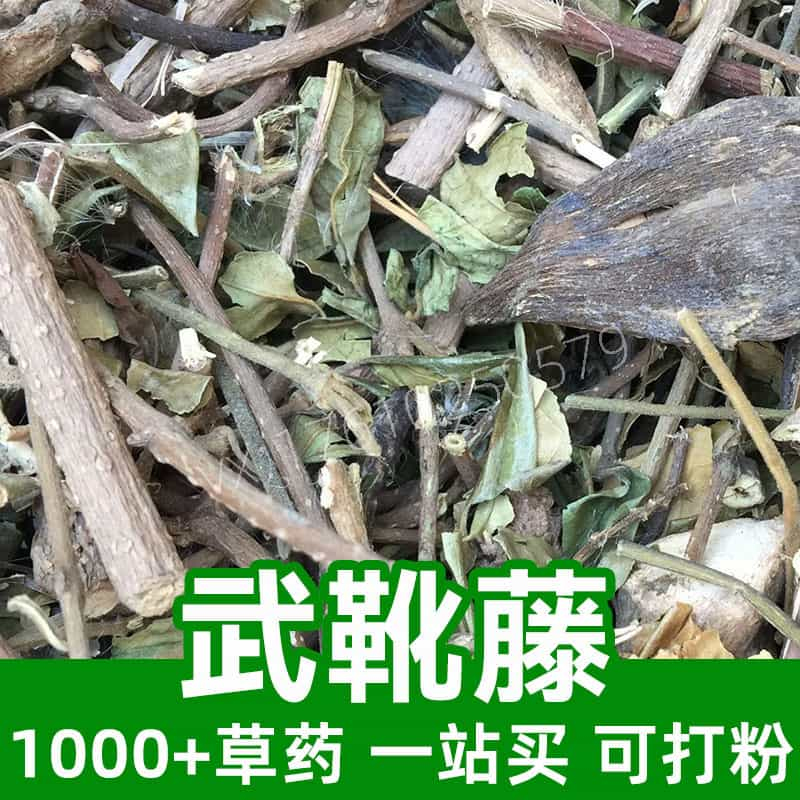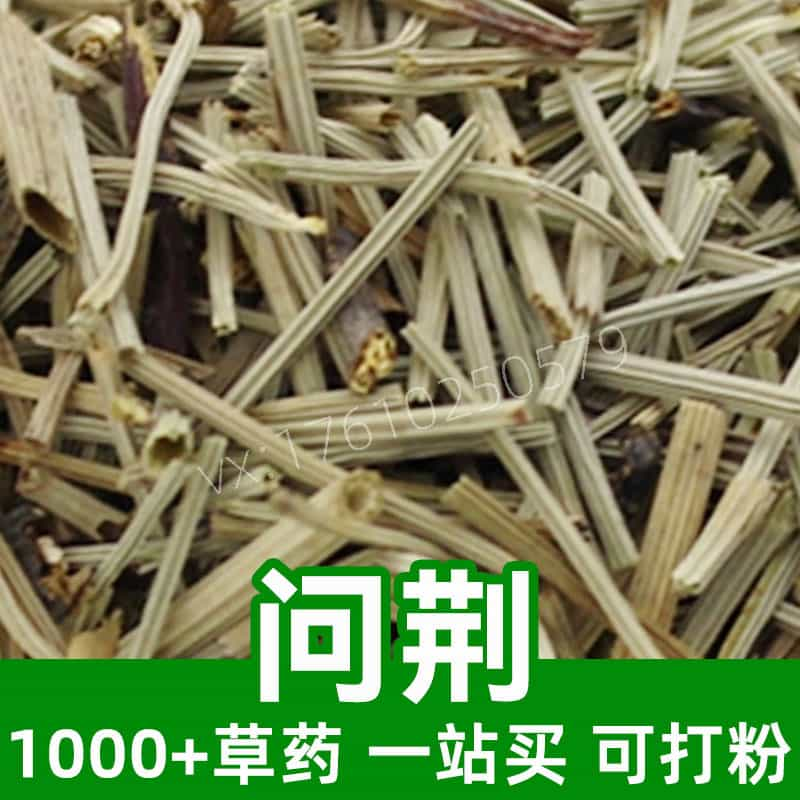Product Introduction
Ashitaba, scientifically known as Angelica keiskei, is a herb indigenous to Japan, particularly the Izu Islands, where it flourishes in the rich volcanic soil. It is often referred to as "Tomorrow's Leaf," highlighting its reputation for rejuvenating properties and wellness benefits. Ashitaba has gained popularity in the health and wellness sectors due to its rich nutritional profile and high concentration of bioactive compounds, especially chalcones, which possess antioxidant properties.
The plant’s tender leaves are consumed fresh or dried, offering a slightly earthy flavor that enhances various dishes or can be steeped into invigorating teas. It is particularly valued in traditional crafts and modern health supplement formulations. Ashitaba contains notable levels of vitamins A, B12, and K, as well as various minerals that contribute to overall well-being. Traditionally, ashitaba is used for its purported health benefits, and it continues to be an important herb within both Japanese culture and the broader realm of herbal medicine.
Main Active Ingredients
At the heart of ashitaba's reputation lies its rich bank of active compounds, most notably chalcones, a type of flavonoid found abundantly in the plant. Chalcones, specifically 4-hydroxyderricin and xanthoangelol, are known for their significant antioxidant properties, helping to neutralize harmful free radicals in the body. These compounds also possess potential anti-inflammatory attributes, contributing to the herb's standing as a beneficial food source.
Apart from chalcones, ashitaba boasts an impressive array of vitamins and minerals. Notably, it is high in Vitamin K, which plays a crucial role in maintaining optimal bone health and regulating calcium levels in the body. Vitamin B12 is essential for neurological function and red blood cell formation, while beta-carotene and vitamins A, C, and E contribute to overall health and immune support.
Moreover, the presence of chlorophyll in ashitaba provides additional benefits, offering potential detoxifying properties, enhancing oxygen distribution in the bloodstream, and contributing to its distinctive green pigmentation. The combination of these bioactive constituents makes ashitaba a remarkable herb not only in traditional practices but also as a modern dietary supplement.
Product Application Scenarios, Usage, and Dosage
Ashitaba is celebrated for its versatility in both traditional and contemporary applications. In traditional Chinese and Japanese herbal medicine, it has been utilized for its nutritive qualities, often prepared as a tea or decoction to harness its benefits. The leaves can be consumed fresh or dried, easily integrated into smoothies, salads, or other culinary creations, making them an excellent addition to a healthy diet.
For those looking to incorporate ashitaba into their daily routine, recommended dosages may vary depending on the form in which it is consumed. For dried powder, a common dosage is about 3 to 6 grams per day, which can be easily added to beverages or food. In tea form, steeping approximately 1 to 2 teaspoons of dried leaves in hot water for several minutes is recommended. This can be adjusted based on individual preference or tolerance.
In the food industry, ashitaba is gaining traction, often showcased in health smoothies, energy bars, and specialized culinary preparations. Its unique flavor profile and health benefits play a vital role in modern dietary trends centered around superfoods. The increasing availability of ashitaba supplements, such as capsules and powders, has made it easier for consumers to explore its benefits in a convenient manner while supporting a balanced diet.
Introduction to the Source Plant, Distribution, and Growth Environment
Ashitaba, or Angelica keiskei, is a perennial herb native to the volcanic region of Japan, primarily found on the Izu Islands. The plant thrives in the rich, well-drained soils enriched by volcanic minerals, which contribute significantly to its nutrient density. It typically grows in moist, shaded areas, reflecting a preference for a temperate climate with adequate rainfall.
The ashitaba plant features large, feathery green leaves that can grow up to 30 cm, adding aesthetic value to gardens and landscapes. The lifecycle of the plant is relatively quick, allowing it to produce new growth rapidly, hence the name "Tomorrow's Leaf," which signifies its ability to regenerate. The vibrant green hues indicate its high chlorophyll content, which is essential not only for photosynthesis but also for the plant's nutritional appeal.
Distribution of ashitaba has expanded beyond Japan, with cultivation efforts observed in other regions such as South Korea, Taiwan, and even parts of the United States, where similar climatic conditions prevail. The interest in ashitaba has led to more controlled cultivation practices, ensuring that a consistent supply meets the growing demand in health food markets. Due to its unique growth environment and native habitat, ashitaba remains an important herb culturally and nutritionally, continuing to thrive in both traditional and modern contexts.
Harvesting, Processing, and Storage
Harvesting ashitaba is a meticulous process that ensures the preservation of its nutritional integrity. The tender leaves are traditionally harvested by hand, ideally during the spring and early summer months when they are most vibrant and nutrient-rich. The optimal time for harvesting is early in the morning when the moisture levels are still high, which enhances the flavor and overall quality of the leaves.
Once harvested, the leaves can be used fresh or processed for preservation. For drying, the leaves are carefully spread out in a shaded, well-ventilated area to prevent direct sunlight exposure, which can degrade their nutritional value. Dehydrated leaves should maintain their bright green color, indicating minimal loss of chlorophyll and bioactive compounds. After drying, ashitaba can be ground into powder or packaged whole, depending on the intended market.
Proper storage techniques are critical to maintaining the quality of ashitaba. Dried leaves and powders should be stored in airtight containers, kept in cool, dark places away from moisture and light to prevent oxidation. When well-preserved, ashitaba can retain its potency for up to two years. For fresh ashitaba, refrigeration in a plastic bag can extend the shelf-life for up to a week.
As popularity continues to rise, it is important for producers to follow sustainable harvesting and processing practices to ensure that ashitaba remains a viable resource. This not only preserves the delicate ecosystem but also guarantees that consumers receive high-quality products that align with their health-oriented lifestyles.
Monica Sun is a seasoned expert in the natural raw materials industry, with over a decade of experience specializing in traditional Chinese medicinal herbs, spices, and fungi. She is skilled in the sourcing, processing, and application of these materials, emphasizing sustainability and innovation. Monica Sun has contributed to the development of high-quality natural raw materials that serve as essential components in functional foods, pharmaceuticals, and cosmetics, delivering tailored solutions to meet diverse market needs.









